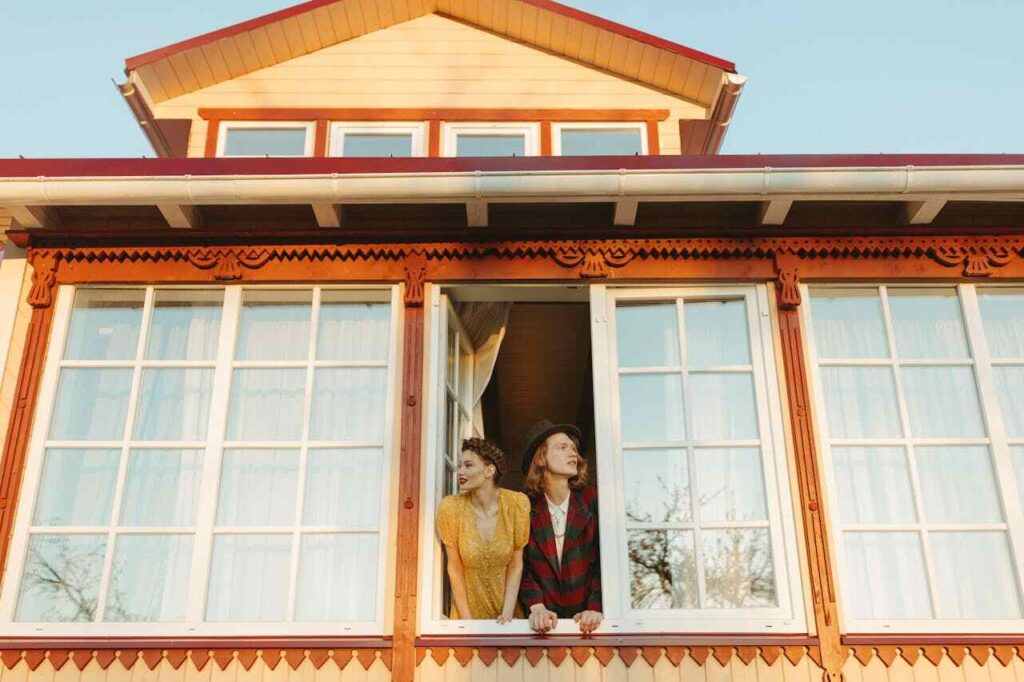Home energy efficiency is essential for reducing utility costs and minimizing environmental impact. Factors like insulation, air sealing, and the choice of materials play a significant role in regulating indoor temperatures and reducing energy waste. Well-designed homes use less energy and leave fewer carbon imprints because they are more comfortable and require fewer heating and cooling equipment.
Windows and siding are critical components in improving a home’s energy performance. High-quality windows help to prevent heat transfer, while energy-efficient siding provides an extra layer of insulation against outdoor elements. Making informed decisions about these features can lead to substantial long-term savings. Homeowners exploring upgrades should consider options such as energy-efficient window outlet and siding to achieve better performance and sustainability.
The Importance of Windows in Energy Efficiency
Any home must have windows because they let in natural light and offer a view of the outside world. However, they can also cause energy loss if not properly installed or chosen. Installing double—or triple-glazed windows is vital, as they offer superior insulation by reducing the movement of heat through the glass. This window type helps maintain a consistent indoor temperature, improving energy efficiency.
Additionally, advanced technologies such as Low-E (low-emissivity) window coatings can reduce the transmission of ultraviolet and infrared light through the glass while still allowing plenty of visible light to enter, thereby safeguarding indoor areas from the damaging effects of UV rays and assisting in the regulation of internal temperature.
How Siding Impacts Insulation and Energy Use
Siding is the outermost barrier of a home’s structure, interacting with external weather elements daily. The choice of siding material can significantly affect a home’s thermal envelope. Quality siding substances like insulated vinyl or fiber cement effectively minimize heat transfer, thereby conserving energy within the home.
Also, good siding helps reduce outside noise and provides additional weather protection, prolonging the house structure’s durability. These benefits make siding essential to a home’s energy efficiency strategy. Homeowners who take the time to select superior siding materials are rewarded with decreased energy usage and reduced utility bills in the long run.
Choosing the Right Materials for Maximum Efficiency
Material choice is crucial to achieving maximum energy efficiency. Building materials like windows and siding are available in various forms and configurations, each presenting unique benefits and drawbacks. For instance, wood and vinyl are still widely used because of their superior insulating qualities and visual appeal. Each has a lifespan and maintenance requirements.
Conducting energy audits on your home can provide a detailed analysis of the current energy profile and highlight areas for improvement. Such audits can identify the materials that yield the best results for your specific environment and style preferences.
Financial Benefits of Upgrading Your Home’s Exterior
Energy-efficient home upgrades provide financial benefits that extend beyond monthly utility savings. Such improvements can considerably increase the property value as they attract environmentally conscious buyers looking for upgraded, energy-saving features. This adds another layer of financial incentive for homeowners contemplating these improvements.
Additionally, several government initiatives and incentives are frequently offered to help homeowners defray the costs of upgrading their houses’ energy efficiency. These refunds might lessen the financial strain even more, enabling a wider range of people to switch.
Final Thoughts
In conclusion, windows and siding choices are critical to optimal home energy efficiency. They directly dictate energy consumption, internal comfort, and monthly utility costs. As technology advances, options offer greater efficiency and ease of integration into residential settings. For homeowners, investing in quality window and siding materials promises long-term returns through energy savings, increased property value, and environmental stewardship. Consider prioritizing these strategic improvements in your next home upgrade to enjoy immediate and lasting benefits.
For more Informative articles you can visit our blog royalsprinter.com

